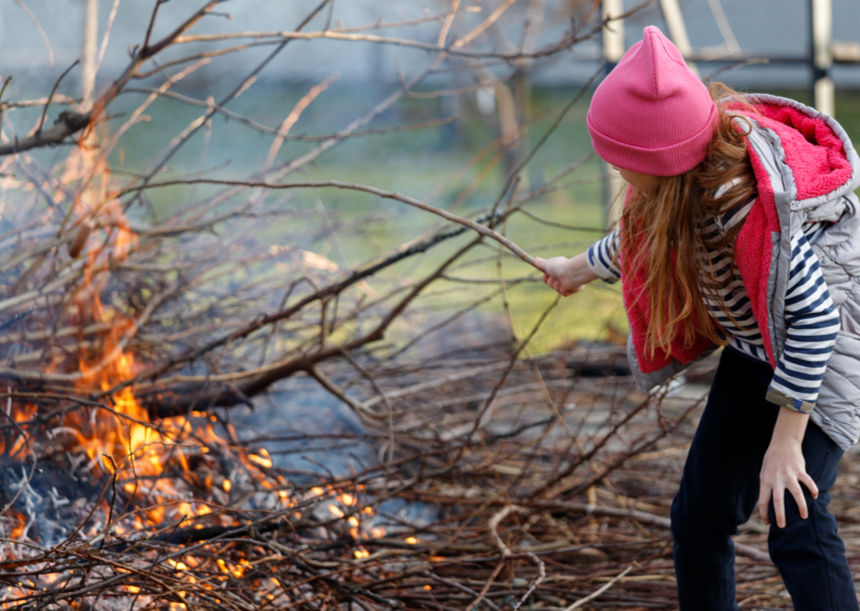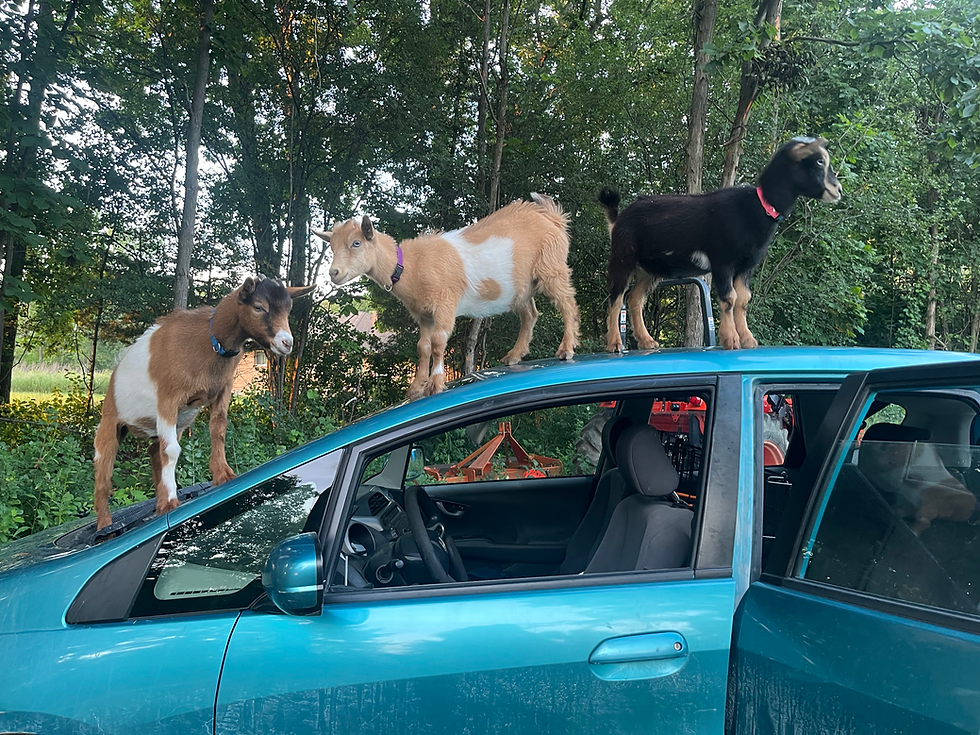Welcome to Our Stories
- Katy Adams

- Mar 25, 2022
- 4 min read
Updated: Apr 12, 2022
An Introduction to the Fellowfield Discovery Park's Blog
Getting Started
It is hard to know where to begin talking about Fellowfield Discovery Park. Every story starts in the middle of the action, after so much has already happened. So, what marks the start of a story is not really its beginning, but rather our decision to begin sharing it.
We start the story to communicate, to connect.

I wonder how many people are going to look back and say - "yeah, I started that in 2020." It was the year we all looked for new ways to connect.
For years, the creation of an outdoor educational space, where people would be able to explore the connection between environmental and social issues, was the subject of daydreams and idle conversations. But it was our pandemic-house-bound re-evaluation of the everyday that gave me the time and motivation to pen the park's first real plan.
The plan was a good start - it was something to share. It got people excited and interested in the park.
That first plan led to many, more purposeful, conversations. There were hours of online research - often during news-fueled-nights-of-insomnia. I spent weekends out walking the land to observe those details that cannot be captured on surveys, and I invited other people to plan while we social-distanced outdoors. There were virtual meetings with lawyers and engineers, builders, designers, neighbors, and township planners.

What started as my idea grew and changed into our idea.
And what started as an ideal became something real.
Getting Real
There is no shortage of bloggers and industry experts who will tell you starting a nonprofit is hard work. Going through the land planning process is hard work. Getting people interested in supporting something new is hard work - especially during a pandemic! So I went into this prepared for hard work.
But Fellowfield is not just a new nonprofit park. It is a place for questioning cultural norms and stepping away from them when we see they cause harm. So as soon as we started to make real decisions for the park, we were beset by those assumptions and established practices that cause harm. Not surprisingly, that has posed challenges. I mean, when other people start the conversation assuming you will be clearcutting the forest to put in plastic pipes to manage stormwater (because that's what people do), you know you have a long way to go.
The Surprises
There are a few things I wasn't prepared for . . .

I wasn't prepared for how much this process would challenge me to reflect on my own ideas and emotions. Figuring out how to carry the spirit of something into practice has a complexity that is hard to appreciate until you have to do it. Until you have to decide what material is best for safely building a boardwalk in a wetland or to plan an educational display that will do justice to our agricultural past.
On the other hand, I wasn't prepared for the ways that an ecojustice approach made things easier. Approaching stewardship through an ecojustice lens means getting in the habit of asking some different questions and using a different set of standards for making decisions. I found some decisions became obvious. "Wait, putting a driveway here would mean cutting down seven mature hickory trees? Well, obviously we need to put the driveway somewhere else!"

I also wasn’t prepared for how the ecojustice approach would help me overcome some deep-seated fears. You know, those fears that keep us from trying something new, and often prevent us from taking any action at all: the fear of failure, the fear of not saying or doing the right thing at the right time, the fear of not being capable and not knowing how to ask for help. I have found myself picking up the phone and asking complete strangers for help.
And abandoning that fear has been rewarded in so many unexpected ways. Perhaps the greatest joy has been the surprising discovery of so many other people who see the park's potential and value in what we hope to achieve. I wasn't prepared for the amazing support this endeavor has already received.
What are we blogging about?
In this blog series, I and other members of the Park's community will share short stories about our adventures with Fellowfield. Each story will focus on a specific decision we have made as stewards. The anecdote will illustrate the kind of cultural issues we face, in ourselves and our systems, and the ways that an ecojustice approach has guided us.
These stories are not intended to provide direction or expertise, but rather to chronicle the humor, insights, struggles, successes, and joys of our journey. We look forward to inviting you to the park when we open, but working to fulfill our mission cannot wait, and so we offer these stories as a place to start. We hope they will inspire you to connect with us or to begin your own stewardship journey.

P.S. Whose Story?
Going into this, I want to acknowledge that there are many stories that need telling but are not mine to tell. As we design the Park and as I write this blog, so many situations present themselves for making connections to history or contemporary events, drawing on ideas we have read, or expressing empathy for others. In doing so, it is never the intent to speak for others, but to call attention to contributions and to give different voices the space to speak for themselves. Personally, and as an organization, we will do this by:
continuing to diversify our Board of Directors and those advising us
asking how our organization can best serve their needs of those who have been harmed
sharing links or directing attention to those who influence us
gratefully receiving and acting on feedback about how we can do better
inviting guest writers to contribute directly to the blog



I spent many days on this property as a boy in the 1940s until about 1960. It was owned at that time by Anna and Bernard Burgar, the parents of Dora, John, Gordon, Ruth, Janet, and Catherine.. It was mostly clear ground at that time, and intensively farmed for corn production.